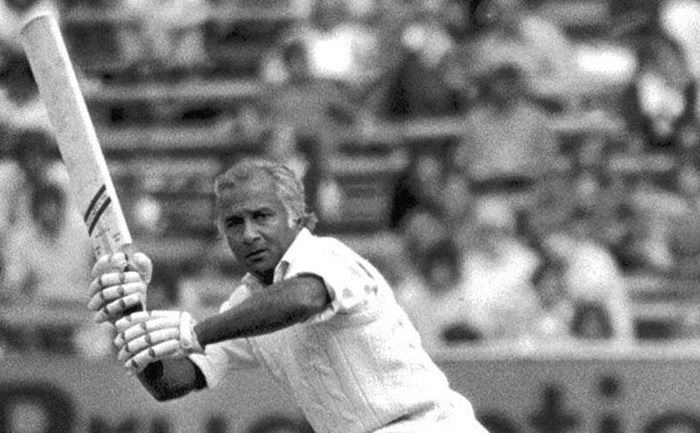Cricket in Guyana is more than just a sport—it’s a national passion woven into the country’s identity. From dusty village grounds to the historic Bourda Oval, generations of Guyanese have grown up with bat and ball in hand, nurturing a legacy that has produced world-class players and unforgettable moments. This rich tradition reflects not only excellence on the field but also the pride, resilience, and unity of a nation where cricket remains a way of life.
The Roots of Guyanese Cricket
Cricket’s journey in Guyana began in the 19th century, a legacy of British colonialism. What started as a pastime for colonial administrators soon took root in the local soil, growing into a beloved national sport.
In 1943, the Guyana Cricket Board (GCB) was formed, marking a significant milestone in the country’s cricketing history. This organization would become the cornerstone of cricket development in Guyana, nurturing talent and organizing competitions that would shape the future of the sport.
The Three Pillars of Guyanese Cricket
The Demerara region, home to the capital Georgetown, has long been a powerhouse in Guyanese cricket. The Demerara Cricket Board, though relatively young (established in 1992), quickly became a dominant force in local competitions.
“Demerara cricket has always been about innovation and adaptability,” says Roger Harper, former Guyanese and West Indies player. “It’s where tradition meets modernity on the cricket field.”
Berbice: The Cradle of Talent
Established in 1939, the Berbice Cricket Board (BCB) has been instrumental in producing some of Guyana’s finest cricketers. The region’s rich cricketing culture is evident in its numerous clubs and fierce local rivalries.
Essequibo: The Underdog Spirit
Despite facing challenges due to its geography and smaller population, the Essequibo Cricket Board has consistently punched above its weight. Its commitment to grassroots development has ensured a steady stream of talent flowing into the national team.
Legendary Figures of Guyanese Cricket

Rohan Kanhai’s elegant batting style and prolific run-scoring made him one of the first global superstars of Guyanese cricket. His performances in the 1960s and early 1970s set the stage for future generations.
Known as “Supercat,” Clive Lloyd’s leadership transformed not just Guyanese but West Indies cricket. Under his captaincy, the West Indies became a cricketing juggernaut, winning two World Cups and dominating the sport for over a decade.
With his unique batting stance and unwavering concentration, Shivnarine Chanderpaul became the embodiment of Guyanese grit. His record as Guyana’s highest run-scorer stands as a testament to his skill and longevity.
“Chanderpaul showed us that with determination and hard work, you can overcome any obstacle,” reflects Ramnaresh Sarwan, another Guyanese cricketing great. “His legacy inspires every young cricketer in Guyana.”
The Guystac Trophy: Forging Champions
The inter-county tournament, initially known as the Jones Cup, later evolved into the Guystac Trophy. This competition has been the breeding ground for Guyanese talent, providing a platform for young cricketers to showcase their skills.
The battles between Demerara, Berbice, and Essequibo in the Guystac Trophy have become the stuff of legend. These matches not only determine regional supremacy but also serve as selection grounds for the national team.
Guyana’s Contribution to West Indies Cricket
Guyana’s role in West Indies cricket cannot be overstated. From Lance Gibbs’ off-spin wizardry to Ramnaresh Sarwan’s elegant batting, Guyanese players have consistently strengthened the West Indies team.
Guyanese players have played crucial roles in West Indies’ World Cup campaigns. Clive Lloyd’s leadership in the 1975 and 1979 victories and Sarwan’s performances in later years highlight Guyana’s impact on the international stage.
Chetram Singh’s tenure as GCB president from 1991 to 2011 marked a period of significant development for Guyanese cricket. His leadership saw the construction of new facilities and the implementation of youth development programs.
The National Stadium: A New Home for Cricket
The construction of the Guyana National Stadium in Providence in 2007 provided a world-class venue for cricket in the country. This facility has not only hosted international matches but has also become a symbol of Guyana’s cricketing ambitions.
Like many cricketing nations, Guyana has faced its share of administrative challenges. However, the resilience of the cricketing community has ensured the sport’s continued growth.
Cricket in Guyana is more than just a sport; it’s an economic driver. International matches and local tournaments contribute significantly to the local economy, creating jobs and boosting tourism.
The GCB’s focus on youth development has been crucial in maintaining Guyana’s cricketing excellence. Programs targeting schools and rural areas ensure a steady influx of young talent into the system.
Women’s Cricket: The Next Frontier
While traditionally male-dominated, women’s cricket in Guyana is gaining momentum. Initiatives to promote the women’s game are opening up new avenues for talent and changing perceptions.
“The future of Guyanese cricket lies in inclusivity,” says Anand Sanasie, GCB Secretary. “Our goal is to make cricket accessible to every Guyanese, regardless of gender or background.”
The Modern Era: Adapting to New Challenges
Guyana’s cricket infrastructure is evolving to meet modern demands. The integration of technology in training and match analysis is helping players refine their skills and strategies.
While embracing change, Guyanese cricket remains rooted in its rich traditions. The challenge lies in striking a balance between preserving the sport’s heritage and adapting to the modern game’s demands.







